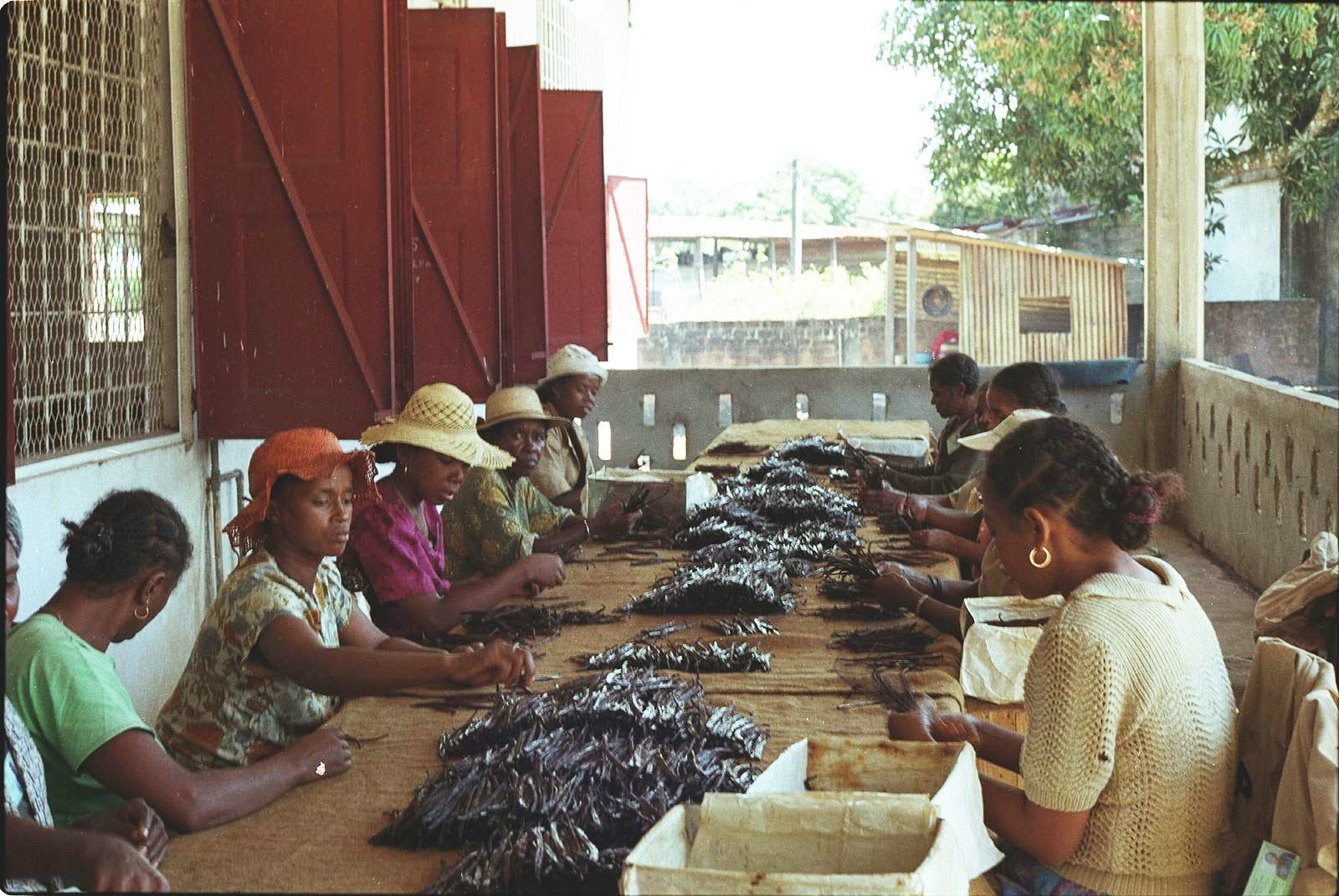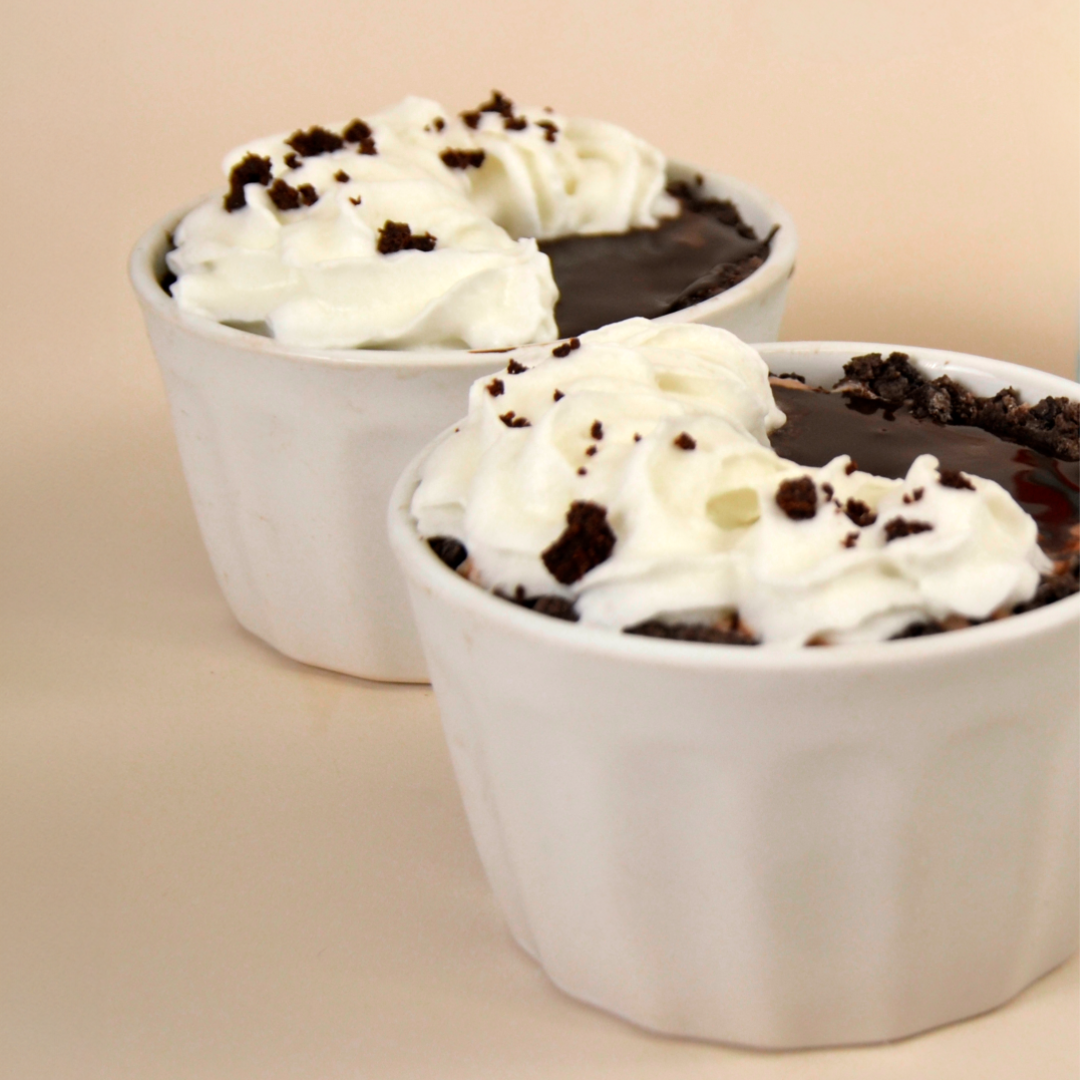Tell All Thursday: The Price of Vanilla

Four All Ice Cream exists to create some of the most unbelievable ice cream flavours you've ever tasted month to month, but among these fleeting seasonal flavours also lies an utmost classic that we've sought to perfect year-round: Vanilla Bean. This simple flavour brings attention to some interesting complexities this season after the price of vanilla rose to US$500/kg.
The majority of vanilla beans are grown in tropical areas on a plant that produces orchids, large flat leaves, and bean pods. It's said that vanilla was first grown and harvested in Mexico and that they remained the main producer of vanilla beans until the mid-19th century, when production moved to Madagascar, Réunion and other tropical areas along the Indian Ocean.
Since around 1898, most of the world's vanilla has been grown in the Sava region of Madagascar, an island off the southeast coast of Africa. Madagascar is particularly vulnerable to tropical cyclones that have historically impacted the market price of vanilla since the 1970s. In the mid-1980s, the price of vanilla had dropped to a low of US$20/kg until April 2000 when the tropical cyclone Hudah ravaged croplands and subsequently created political instability in Madagascar. In 2004, the island was hit again by cyclone Gafilo, the most intense tropical cyclone to hit the South-West Indian Ocean in history.
These disasters caused the price of vanilla to rise sharply to US$500/kg in 2004. As a reaction to this price increase, new countries joined the vanilla industry and imitation vanilla flavouring was created, decreasing the demand for real vanilla. Soon after, a good crop of vanilla was produced once again and the price dropped back down to US$40/kg in 2005 then US$20/kg in 2010 and stayed there for almost a decade.
So why is vanilla now US$500/kg? In March of this year, Madagascar suffered from Cyclone Enawo, which has been the most intense tropical cyclone to occur since Cyclone Gafilo in 2004. Existing crops of vanilla were destroyed and the surrounding trees that diffused sunlight for optimal growing conditions were also decimated, making the growth of future vanilla crops near impossible. The difference in reaction this time around is consumers are asking more and more for real ingredients in their food - as they should be! According to the Rainforest Vanilla Conservation Association (2009), approximately 95% of "vanilla" products are being artificially flavoured with vanillin derived from lignin rather than vanilla fruits.
With this price increase, how does small-batch Four All continue to afford to make ice cream with real vanilla? Ajoa explains that other producers will use vanilla in the same way that someone would use salt: to enhance flavours. "We don't use vanilla to enhance flavour, we only put it in things we want to taste like vanilla", says Ajoa. "By using high-quality ingredients for our flavours, we don't need to use vanilla to enhance the flavours. That's what makes vanilla viable for us".
Who would have thought that such a simple ingredient and flavour would exist in such a vulnerable and complex way! Understanding this wonderful context helps us to truly appreciate just how amazing a Plain & Perfect Vanilla ice cream is.


